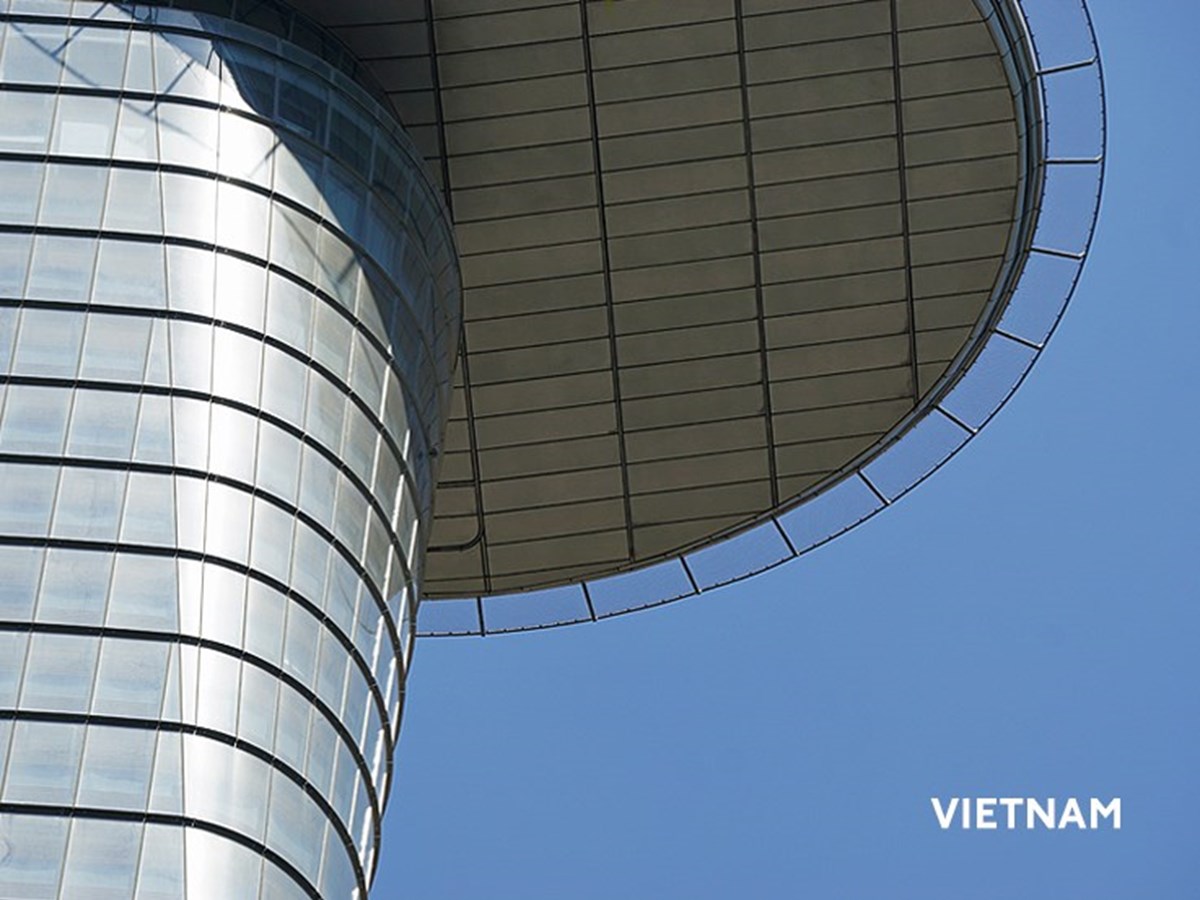3 March 2023
On 15 November 2022, the Vietnam National Assembly passed the Law on Anti-Money Laundering No. 14/2022/QH15 (“2022 Law”), which came into effect from 1 March 2023 and replaced the Law on Anti-Money Laundering No. 07/2012/QH13 (“2012 Law”). The 2022 Law amends the regulations under the 2012 Law and its guidance to implement a stricter regime and supplement new policies to strengthen regulations on preventing the risk of money laundering in business activities. These amendments are in response to the rapid development of the Vietnam economy and financial market. Vietnam is also developing its policies to better align with international practice in order to ensure the security and safety of the national finance system and currency.
This article discusses the key highlights of the 2022 Law.
Broad definition of money laundering
The 2022 Law amends the definition of money laundering to broadly capture all acts of legitimising the origin of properties that are acquired directly or indirectly from criminal acts and the portion of income, yields, profits, or gains generated from assets derived from criminal acts.
Longer list of reporting subjects
The 2022 Law expands the list of reporting subjects that must implement Know-Your-Customer (“KYC”) measures to verify their customers’ identity and report large value transactions and suspicious transactions to the Anti-Money Laundering Department of the State Bank of Vietnam. In particular, the 2022 Law (i) includes financial institutions performing payment intermediary services in the list of reporting subjects as this service was introduced in Decree No. 116/2013/ND-CP (as amended by Decree No. 87/2019/ND-CP) which provides guidance on the 2012 Law, and (ii) introduces the service of securities brokerage, management of securities investment funds, securities portfolio management in the list of the reporting subjects (collectively, “New Reporting Subjects”).
Briefly, under the 2022 Law, the reporting subjects are organisations or individuals performing business as set out below in Vietnam:
- Receiving saving deposits activities;
- Lending activities;
- Financial leasing activities;
- Payment services;
- Payment intermediary services;
- Issuing transfer instruments, bank cards, and money transfer orders activities;
- Bank guarantees and financial commitments activities;
- Foreign exchange services and activities relating to the provision of monetary instruments on the money market;
- Securities brokerage activities, securities investment consultancy and securities underwriting services;
- Management of securities investment funds and securities portfolio management services;
- Life insurance business activities;
- Currency exchange activities;
- Trading in prize-winning games activities, including prize-winning video games, games on telecommunications networks, the Internet, casinos, lotteries, and betting;
- Real estate business activities, except for real estate leasing and sub-leasing activities and real estate consulting services;
- Trading in precious metals and precious stones activities;
- Accounting services, notary services, legal services by lawyers and law practice organisations;
- Services for the establishment, management, and administration of enterprises, provision of directors and company secretarial services to third parties, and entrusting services; and
- Other activities as the Government may from time to time prescribe after obtaining the consent of the Standing Committee of the National Assembly.
Changes to guidance on identifying transactions subject to reporting
Similar to the 2012 Law, reporting subjects are obligated to, inter alia, report suspicious transactions and large value transactions to the Anti-Money Laundering Department under the 2022 Law.
- On identification of suspicious transactions: The 2022 Law seeks to generalise instead of describe in detail signs of suspicious transactions, thereby requiring reporting subjects to implement KYC measures more thoroughly to identify suspicious transactions. The 2022 Law takes the same approach as the 2012 Law by providing guidance on suspicious signs for each type of business field and the corresponding business type of the reporting subject. As the New Reporting Subjects are introduced by the 2022 Law, the signs for identifying suspicious transactions in respect of these business fields are also set out thereunder.
- On identification of large transactions: Decision No. 20/2013/QD-TTg, which provides guidance on the 2012 Law, defines a large transaction as those with a value of VND300 million or more. The 2022 Law does not stipulate the transaction value thresholds that will be subject to reporting obligations. Further guidance on this is expected from the Prime Minister.

